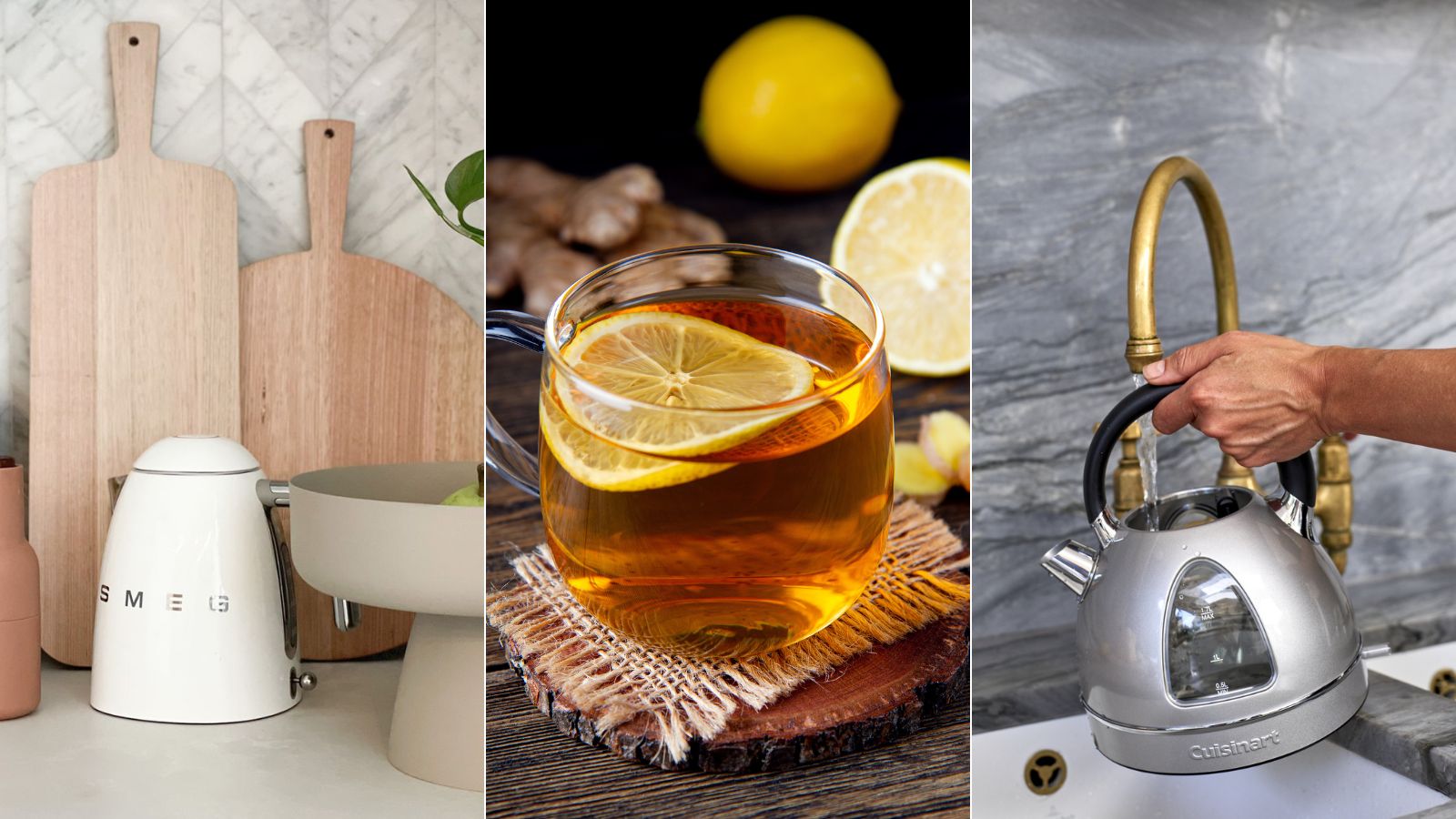How often should you descale a kettle?
Learn the warning signs and discover how often you should descale a kettle


The simple answer to how often you should descale your kettle is: it depends on how often it is used and how hard your water is, but let us narrow that down for you a little more.
If you live in a hard water area, you will need to descale your kettle more frequently – usually every three months – than if you live in a soft water area, in which case it would need descaling every six months. The same applies if you use your kettle more than average. However, this can vary, and even if your kettle doesn't suffer from frequent limescale build-up or don't use your kettle frequently, you will still need to descale your kettle from time to time to keep it operating at its best.
So if you've bought one of the best kettles and are wanting to keep it operating at optimum performance, then knowing how often you should descale your kettle, and the clues to look for, will become a valuable part of your kitchen cleaning routine.

How often should you descale a kettle/
As a general rule of thumb, you should descale your kettle every three months if you live in a hard water area or every six months if you live in a soft water area.
This is seconded by the makers of Oust Descaler, who recommend people descale their appliances every three to six months depending on the water hardness in the area.
According to the Energy Saving Trust, the average household boils the kettle four times a day. This would then suggest that you should look to descale your kettle roughly every 350 boils if you live in a hard water area or every 700 boils if you live in a soft water area.
The easiest way to find out whether you live in an area with hard or soft water is to consult this helpful map from Homewater 101 that reports the hardness of water across the States.
Design expertise in your inbox – from inspiring decorating ideas and beautiful celebrity homes to practical gardening advice and shopping round-ups.

In addition to time span and usage, there are other ways you can identify whether your kettle needs descaling, too. The most noticeable will be the hard mineral deposits – also described as scum – that appear on the top of your mug of tea or coffee, or you may notice a gritty taste in the last sip. If you start to spot this, then it's time to descale your kettle regardless of how much time has passed.
The other is to look inside your kettle. If it looks dull rather than shiny or you can see significant amounts of mineral build up, then it is also a good time to get out the descaling supplies and reset your kettle.
Once you have identified that you should descale your kettle, then make sure you know how to clean and electric kettle to help you solve the problem. One of the best ways to do so is to use a descaler. Oust's all-purpose descaler (on sale at Amazon) can tackle kettles, irons, coffee makers and shower heads with ease.
How do I stop my kettle from getting limescale?
You cannot stop your kettle from getting limescale altogether but there are ways to reduce it. Using one of the best water filters to fill your kettle will reduce the calcium and magnesium ions in the water and as such reduce the amount of limescale in your kettle.
It is also ill-advised to leave water standing in your kettle. 'Leaving water in the kettle after use will encourage limescale to build up, so we recommend you empty the kettle out once you’re done if you’ve got hard water. In fact, to keep it completely scale-free, you should rinse and dry the kettle thoroughly each time to prevent any hard water from drying,' advises experts at Harvey Water Softeners.
If you live in a hard water area then it is worth investing in one of the best hard water kettles to help keep limescale at bay and reduce the need for as frequent descaling.

Having graduated with a first class degree in English Literature, Holly started her career as a features writer and sub-editor at Period Living magazine, Homes & Gardens' sister title. Working on Period Living brought with it insight into the complexities of owning and caring for period homes, from interior decorating through to choosing the right windows and the challenges of extending. This has led to a passion for traditional interiors, particularly the country-look. Writing for the Homes & Gardens website as a content editor, alongside regular features for Period Living and Country Homes & Interiors magazines, has enabled her to broaden her writing to incorporate her interests in gardening, wildlife and nature.